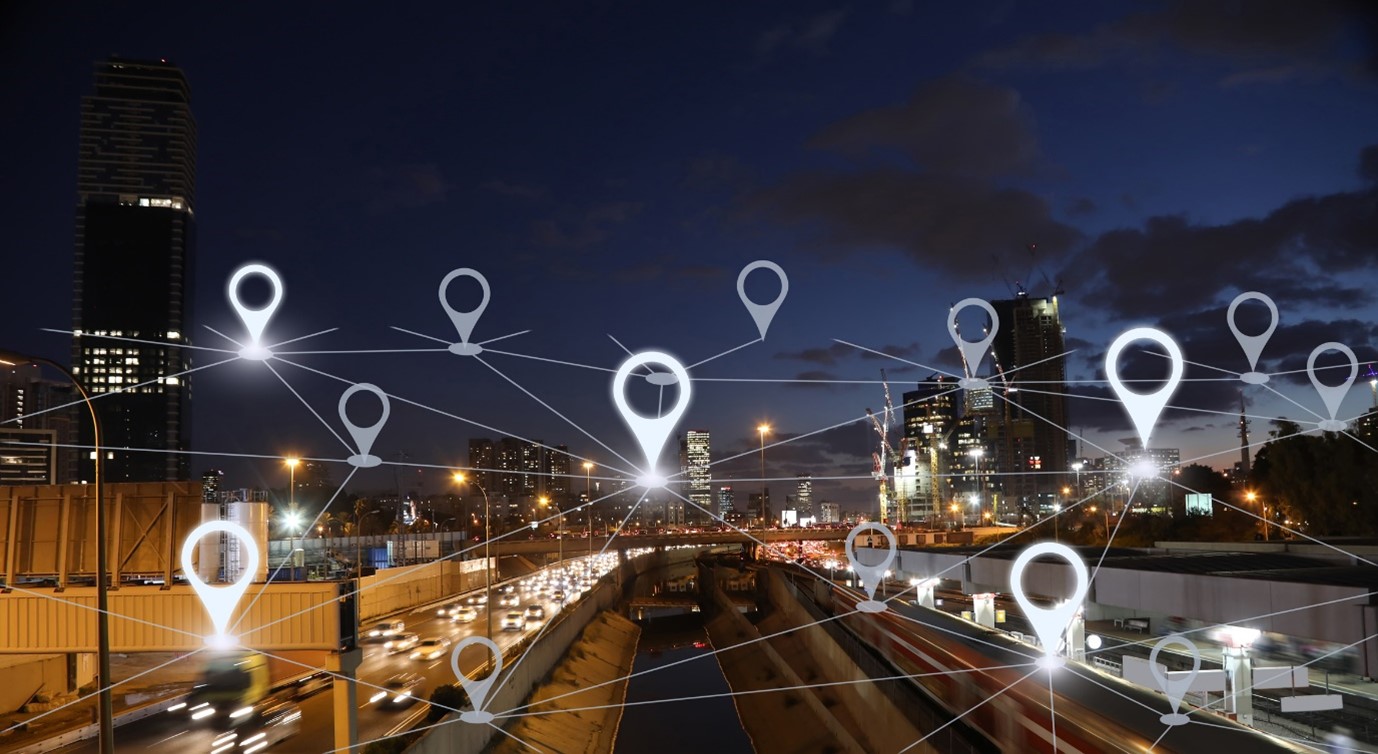
In today’s fast-paced world, customers expect swift, seamless deliveries. Whether it’s the latest tech gadget, essential groceries, or a critical business shipment, everyone wants their packages to arrive on time, every time. When packages arrive late or, worse, get lost, it’s more than just a minor frustration—it has significant implications for your business. Missed deliveries can damage your brand’s reputation, frustrate customers, and take a bite out of your bottom line.
But what if the culprit behind your slow or lost deliveries is something hiding in plain sight? Most businesses focus on improving their logistics through warehouse optimisation or delivery fleet management, but they may be overlooking a more fundamental issue: location data. More specifically, the accuracy of location data and the role of geocoding could be the hidden factor affecting your delivery speeds.
The Impact of Inaccurate Location Data
Your delivery service is only as good as the location data it depends on. Whether you realise it or not, inaccurate, incomplete, or outdated address data could be silently wreaking havoc on your logistics operations. The results of poor location data range from delivery delays to costly reroutes and, in some cases, lost packages that never reach their destination.
Most businesses don’t realise that inaccurate location data can come from multiple sources—everything from manual errors in customer input to mismatched formats between internal systems. And yet, even minor issues with address data can throw off your entire delivery process.
But How Exactly Does This Happen?
Missed or Incorrect Addresses: When the provided address doesn’t match the actual delivery area or is missing key details (like apartment numbers or postal codes), couriers waste valuable time trying to track down the right location. This can result in packages being rerouted, delayed, or even marked as undeliverable.
Inconsistent Data Formats: Address data often gets pulled from different sources and systems, each with its own format. If these formats aren’t standardised, it can confuse GPS systems and make it difficult to plan efficient delivery routes. Your delivery drivers may receive addresses that are improperly formatted or incompatible with the systems guiding them, leading to slower deliveries.
Human Error: Manual entry of customer addresses is a common point of failure. Whether it’s a customer who types “123 Main St” instead of “123 Main Ave,”, or an employee mistyping a postal code, human error in address input is all too common. This can send deliveries to the wrong location, resulting in frustrated customers and wasted resources.
These seemingly small errors might not appear to be the cause of significant delays, but when compounded across hundreds or thousands of deliveries, they can create massive inefficiencies. This is where geocoding plays a critical role in turning bad data into precise, actionable location information.
What is Geocoding?
Geocoding is the process of converting physical addresses (like “123 Main St, New York”) into geographic coordinates (like latitude 40.7128 and longitude -74.0060). This precise geospatial data allows delivery systems to pinpoint exact locations with greater accuracy, even when the original address data is incomplete or inaccurate.
By leveraging geocoding, businesses can standardise, clean, and enrich their address data, turning messy input into reliable, usable information.

Benefits of Geocoding for Your Deliveries
When businesses embrace geocoding, they gain several key advantages that directly impact the speed and reliability of deliveries:
- Accurate Address Standardisation: Geocoding helps clean up inconsistent or improperly formatted addresses. By standardising data, it ensures that addresses are complete, correct, and ready for use by GPS systems and delivery drivers.
- Pinpointing Exact Locations: Even when addresses are missing key details (such as a building number or a vague postal code), geocoding can provide geographic coordinates that reduce the chances of missed deliveries by pinpointing exact drop-off locations.
- Faster Routing: Precise geolocation data allows for optimised delivery routes. With accurate location data, delivery systems can calculate the fastest, most efficient routes, saving both time and fuel.
Why Inaccurate Data Slows Down Deliveries
Without geocoding, many businesses rely on manually entered or legacy address systems. These outdated methods are highly prone to errors, causing major disruptions to your delivery process. An inaccurate address can easily send a driver off-course or, worse, to an entirely different location. Even if the package makes it to the general area, drivers often spend additional time searching for the correct address or calling customers for clarification, which slows down the entire process.
The Hidden Costs of Slow Deliveries
Delivery delays and errors don’t just result in angry customers—they also carry hidden costs that affect your entire operation:
- Increased Fuel and Labor Costs: Each delivery error leads to extra time on the road and additional fuel consumption, both of which drive up operational costs. Drivers spend more time correcting mistakes, which translates into higher labour expenses.
- Customer Support Overload: Every delayed or lost package increases customer inquiries, complaints, and calls to your support team. This not only ties up valuable customer service resources but also inflates the overall cost of processing each order.
- Damage to Brand Reputation: Repeat delivery issues can erode customer trust and loyalty. Even if your products are top-notch, slow or inaccurate deliveries can lead to negative reviews, making it harder to retain customers and attract new ones.
How Geocoding Can Speed Up Deliveries
By implementing geocoding enrichment, businesses can transform inaccurate or incomplete address data into precise geolocation information. Here’s how geocoding solves common delivery challenges:
- Data Cleansing and Validation: Geocoding tools can flag incorrect or incomplete addresses and offer corrections. This ensures that your location data is accurate and up-to-date, so drivers always know exactly where they’re headed.
- Improved Route Optimisation: When location data is accurate, your delivery routing system can calculate the fastest and most efficient paths. This reduces the time drivers spend on the road, minimising fuel consumption and improving delivery speed.
- Reduced Failed Deliveries: Geocoding provides drivers with pinpointed drop-off locations, even for addresses that are difficult to find or in rural areas. By reducing failed deliveries, you save both time and money.
Why You Should Invest in Location Intelligence
Investing in location intelligence, powered by geocoding, is a smart strategy for any business that relies on deliveries. The precision of geocoding helps you avoid costly slowdowns, failed deliveries, and route inefficiencies. By turning bad address data into actionable insights, geocoding can enhance your customer satisfaction, streamline your operations, and significantly cut costs.
In a competitive market where delivery speed and reliability are essential to customer loyalty, the accuracy of your location data can make or break your business. If your deliveries are slower than they should be, it’s time to take a closer look at your address data.
Don’t Let Bad Data Slow You Down
Inaccurate location data is one of the most overlooked causes of slow deliveries. But it doesn’t have to be. With the help of geocoding, businesses can clean up their address data, optimise their delivery routes, and ensure that packages arrive on time, every time.
Don’t let bad data hold your business back—invest in geocoding today and unlock the full potential of your delivery process.
Melissa – The Address Experts
As the leader in address verification, Melissa combines decades of experience with unmatched technology and global support to offer solutions that quickly and accurately verify addresses in real-time, at the point of entry. Melissa is a single-source vendor for address management, data hygiene and pre-sorting solutions, empowering businesses all over the world to effectively manage their data quality.